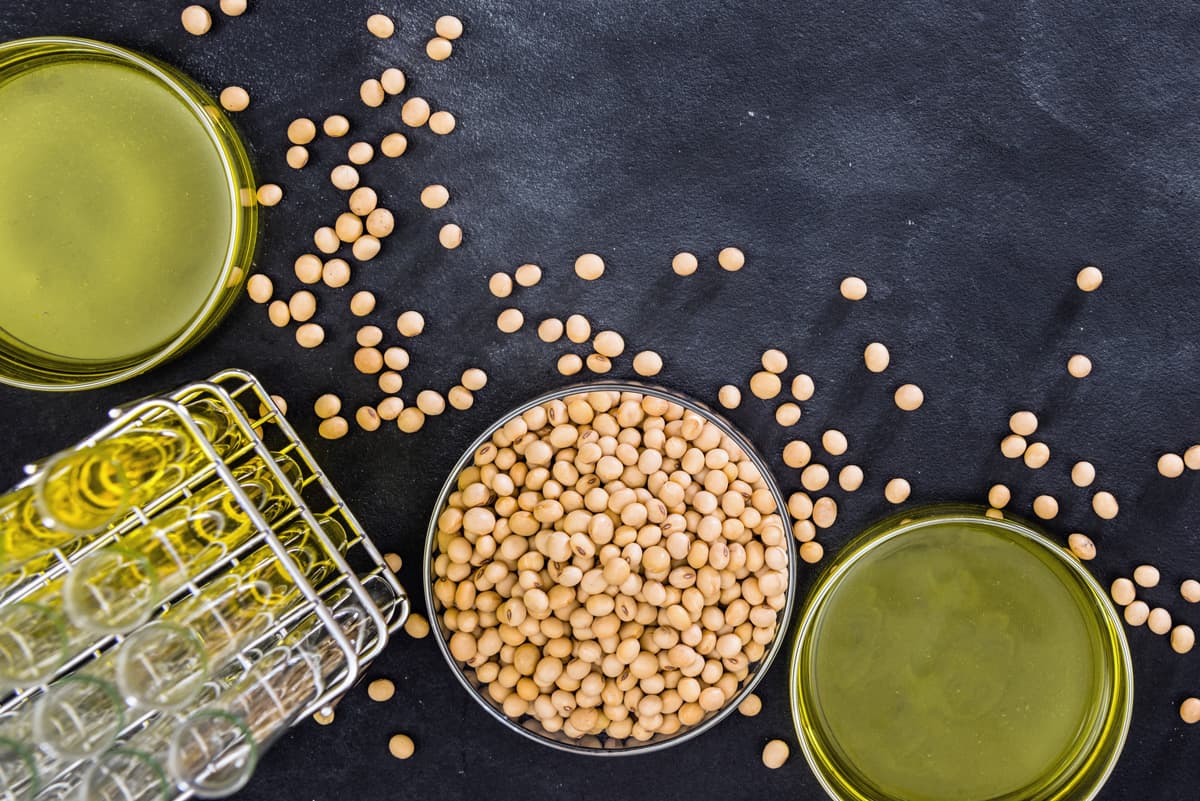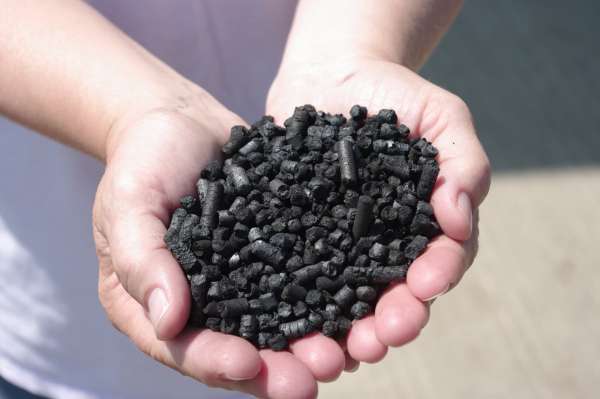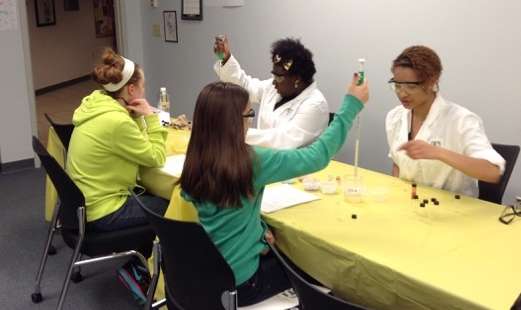Soybeans as a chemical feedstock
Lessons
# Soybean Processing
Investigate the processing of soybeans into components to be used in various chemical processes by watching videos and comparing technology, then following a graphic organizer. Samples of each of the steps in soybean processing are available from the Ohio Soybean Council in Worthington, OH.
Files
# Testing for Lipids, Carbohydrates, and Proteins
Test samples of processed soybeans to determine the content of Lipids, Carbohydrates and Protein in each sample. Samples from previous lesson will be used.
Files
# Separation of Soymeal into Protein and Carbohydrate
Follow a procedure, or design your own procedure, to separate soymeal into carbohydrate and protein components.
Files
# New Soybean Product Research
Investigate new soybean products and share your information in a digital poster or powerpoint.
Files
Teacher background
The use of farm crops as the feedstock for chemical processing and the production of bio-based products is creating new opportunities for companies and entrepreneurs ready to meet the demand for more sustainable products. Many new products are entering the market place with the green, recyclable or compostable label: car parts, cleaning products, soaps, insulation, plastics, foam goods, and fabrics. Consumer product manufacturers, such as Proctor & Gamble, are setting bold goals for developing products and processes that are more sustainable. This has fueled further development into other products and processes. States with broad farming and manufacturing capabilities are particularly leveraged to take advantage of these new product lines and their feedstock demands.
People with interests in polymers and chemistry can find careers in these areas of new product development. Watch these career videos for opportunities: Bioproducts and Entrepreneurship.
Next gen science standards
Science and engineering practices
- Developing and using models
- Obtaining, evaluating, and communicating information
Crosscutting concepts
- Structure and function
Disciplinary core ideas/content
- ESS2A Earth materials and systems
- ESS3A Natural resources
- ESS3C Human impacts on Earth systems
- PS1A Structure of matter
- PS1B Chemical reactions
- ETS1 Engineering Design
- ETS1B Developing possible solutions
- ETS1C Optimizing the design solution
- ETS2 Links among Engineering, technology, science and society






Share this